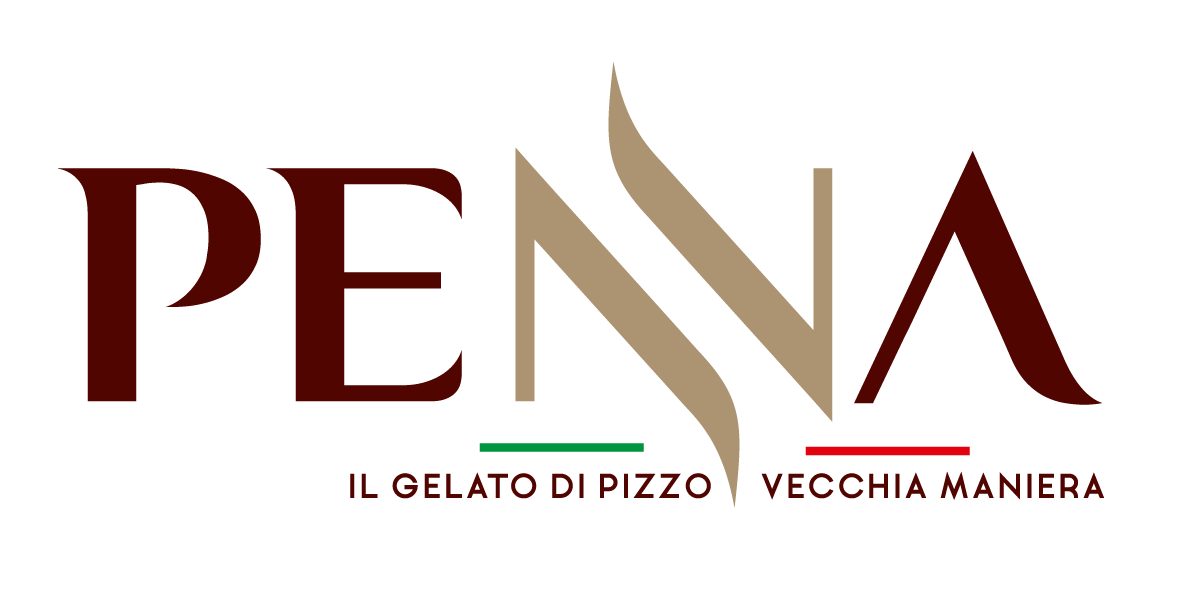The strength of our ice creams is the use of top-quality products.
Domenico in fact, is constantly searching for those products that give their land, an identifying mark. These include 100% Italian milk, 100% Piedmont hazelnuts, pistachios from Bronte, lemons from Sicily, and the whole vast range of foodstuffs present in the territory and attested by an IGP recognition.
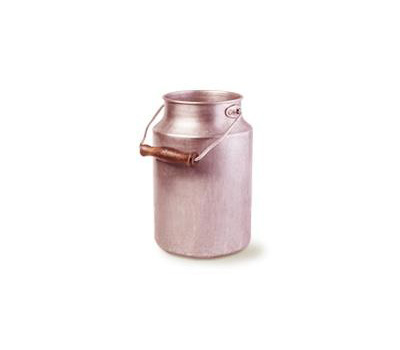
Milk
The main element in the composition of ice cream is milk. In this respect, to be able to produce good ice cream, it is essential to know its characteristics, organoleptic properties and how to process and preserve it. The Penna company therefore makes the use of this raw material a real cult, testing its taste and freshness at first hand. This is why the milk used for the production of its ice creams is fresh and of Italian origin. Moreover, as it is a much-loved foodstuff in the family, it is tasted daily, before being used in the process, so as to avail itself of one of the salient points, for the production of a good ice cream: taste. Pasteurisation is also fundamental in the chain that follows the making of ice cream, which is why, before being processed, the milk is pasteurised in special machines, so as to confer sterility to the product.
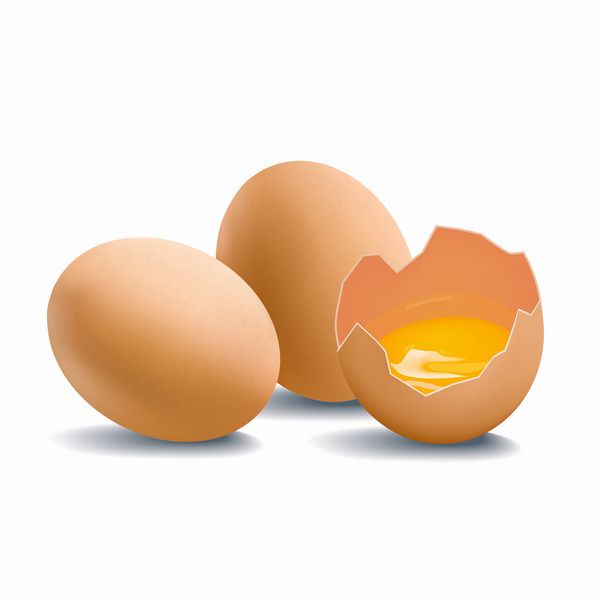
The Eggs
Eggs are rich in minerals including phosphorus, which is necessary for bone formation. It is a source of iron, in an easily assimilated form. It is a good source of zinc, a mineral essential for the proper functioning of the immune system.
The eggs used by our company come from a vertically integrated supply chain with strict controls at every stage of production.
Every year, 1 million analyses are carried out on all processes in the supply chain. Monitoring and control, combined with the continuous modernisation of production facilities and the development of new breeding and automation technologies, guarantee maximum safety and quality of the end product.
From the egg in shell to the egg product, the control of the entire production chain guarantees high quality standards, ensuring an excellent product.
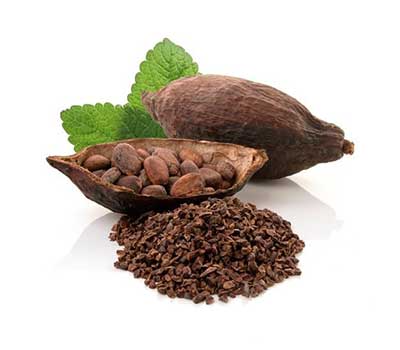
Cocoa
This plant takes its name from a word of Proto-American origin pronounced ‘kakawa’. The first farmers who started cultivating the plant were the Maya around 1,000 BC.
The scientific term ‘theobroma cacao’ (food of the gods) was given by Charles Linnaeus in the 18th century because of the many properties attributed to cacao by the peoples of Central America.
The seeds were: a symbol of prosperity in religious rituals; a medicine capable of healing diseases of the mind and body. In 1502 Christopher Columbus landed in the lands of Honduras where he was offered cocoa beans and the drink made from them. The taste of chocolate at the time was not particularly pleasant to Europeans and Columbus did not give it any special importance. Seventeen years later, however, in 1519, Hernàn Cortéz, who had arrived from Spain to conquer the New Land, was mistaken for the god of legend Quetzacoalt, and was then welcomed peacefully by Emperor Montezuma.
He was given a cocoa plantation and all the profits it would bring. Cortéz soon realised the economic value of cocoa and took it with him to Spain, where it was the friars, great experts in blends and infusions, who replaced the pepper and chilli previously used, with sugar and vanilla, creating a sweet and delicious drink.
Chocolate arrived in Italy in 1606 thanks to Antonio Carletti a Florentine merchant. Until the 18th century, it was only known as a drink, to which extraordinary beneficial qualities were attributed.
The Penna company has therefore made a selection of the best cocoa on the market, creating a cocoa blend and giving its product an unmistakable aroma and flavour.
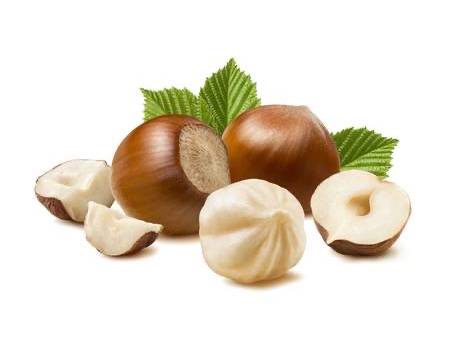
Piemonte Hazelnuts
The name Nocciola del Piemonte or Nocciola Piemonte designates the fruit of the Tonda Gentile delle Langhe hazelnut cultivar, cultivated in the territory identified in the reference decree within the Region of Piedmont.
The Tonda Gentile delle Langhe variety is characterised by a very hard and completely full shell that allows good shelling yields (40% – 50%). The Piedmont Hazelnut is particularly appreciated by the confectionery industry for its quality parameters such as the spheroidal shape of the seed, excellent taste and aroma after roasting, high peelability, good shelf life. For these reasons, the Piedmont Hazelnut is universally known as the best in the world.
The resulting end product is shelled hazelnuts or confectionery products such as gianduia, hazelnut cake, hazelnut cream, and nougat where the hazelnut is the key ingredient and expresses its characteristics to the fullest.
To this end, Domenico Penna uses only 100% hazelnuts Piemonte for his creams, giving them an unmistakable flavour.
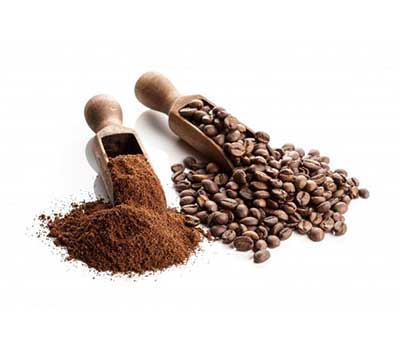
The Café
The Arabic word for the coffee plant is ‘qahwa’. Many claim that the term coffee derives from the name of the region where this plant was most widespread, namely Caffa, in south-western Ethiopia.
Today, the world’s largest coffee producers are, in order, Brazil, Vietnam, Colombia and Indonesia. They are followed, in variable order depending on the year, by Mexico, Guatemala, Honduras, Peru, Ethiopia and India.
Coffee is a beverage obtained by roasting and grinding the seeds of certain species of tropical trees (Coffee) belonging to the botanical family Rubiaceae.
There are about a hundred species of Coffee in the world, but only about ten are recognised as important and commercially useful.
Among them, these species differ in several factors: plant height, leaf variety, flower fragrance, seed size and colour, taste, caffeine content and resistance to climatic adversity.
Among them, the most widespread, cultivated and known are Coffea arabica (better known as ‘arabica’), Coffea canephora (better known as ‘robusta’) and Coffea iberica.
After much research, the Penna company found that the aroma of the Arabica blend gave its ice cream the taste of real coffee.
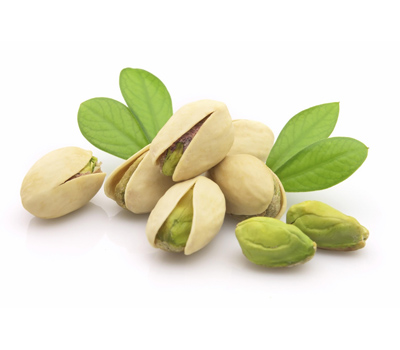
The Sicilian Pistachio
The pistachio is a tree of precious production, which thrives in few places in Sicily, such as Caltanisetta, S. Cataldo, Caltauturo and other places: it thrives preferably in the foothills of Bronte. The illustrious Professor of Botany at the University of Catania, Benedictine Prior P. D. Francesco Tornabene, in one of his pamphlets on this precious fruit plant, praises the Bronte pistachios and praises the Brontesi as good and intelligent cultivators of pistachios in their own territory. The Bronte pistachio, known in Sicilian as frastuca (the fruit) or frastucara (the plant) is a variety of pistachio (Pistacia vera cv Napoletana, grafted on Pistacia terebinthus) with a PDO Protected Designation of Origin. The Bronte Pistachio is also a Slow Food Presidium.
On 9 June 2009, the European Union published the specification granting the Bronte green pistachio the PDO Protected Designation of Origin.
This is one of the spearheads of the Penna company, which since its inception has only and exclusively processed Sicilian pistachios, offering that inimitable flavour of a pistachio made in Italy.
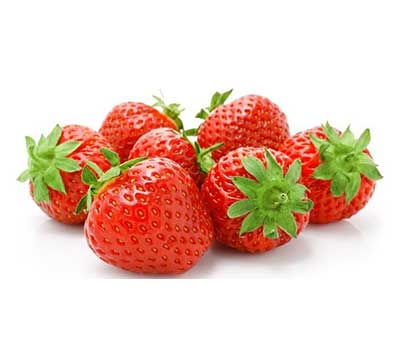
Strawberries
In Calabria, among the many top productions, for some years now there has also been the tasty fruit that, in the wild variety, a prodigal nature has lavished on the mountain forests and that the skilful hand of man is cultivating in areas of excellence such as the Piana di Lamezia Terme (CZ).Strawberry production in Calabria concerns almost exclusively the large-fruited species Fragaria × ananassa and is concentrated almost exclusively in the aforementioned area, where the climatic, soil (loose, non-calcareous soils with a neutral or sub-acid pH) and socio-economic (availability of labour) conditions are particularly favourable for this crop, which compared to the others present, such as citrus, olives and vegetables, has taken on a predominant economic role.
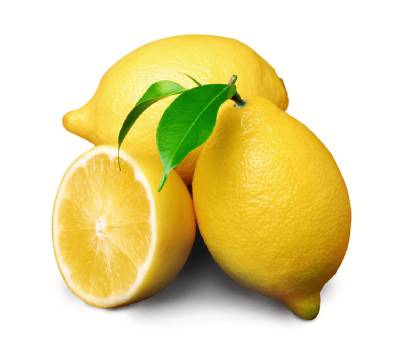
Sicilian Lemons
The lemon tree was brought to Sicily by the Arabs around the 10th century. Italy, it would be more correct to say Sicily, ranks first in the world production of lemons with 7.75 million quintals; in second place is America with 7.65 and in third place India with 4.50, while the other countries are so unimportant that they are not taken into account.
The lemon is the symbol of our Sicily, Luigi Pirandello in his one-act play Lumie di Sicilia puts them in the foreground in the hands of the protagonist Micuccio Bonavino, who even paid the duty to take them to Rome and give them to his former singing pupil.
And when she realises that the pupil has lost those Sicilian values and forgotten her own origins, she does not hesitate to give them to Aunt Marta and leave the scene and the pupil’s life in Rome.
From these brief hints, we can guess why the Penna company rigorously chose to use lemons from Sicily. In fact, Domenico wants to be the promoter of Made in Italy in the world, and he does so by reproposing another of the main symbols of our land.
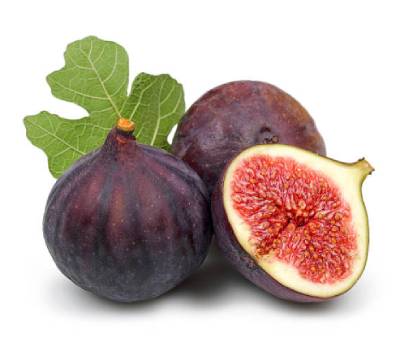
Figs
The fig (Ficus carica) is the fruit of a majestic plant, native to the Mediterranean region.
The fig is drop-shaped and its colour differs according to variety as does its skin, which can be more or less thick. In a botanical sense, the fig is not the real fruit, but is the fleshy receptacle that contains a large number of grains, called achenes, which are the real fruit of the plant.
Since this fruit is very dear and pleasant to the people of Calabria and especially to the people of Pizzitana, Domenico wanted to make a tribute to his home town by creating a walnut and fig truffle, in which the fruit can be appreciated in all its sweetness in pieces.
